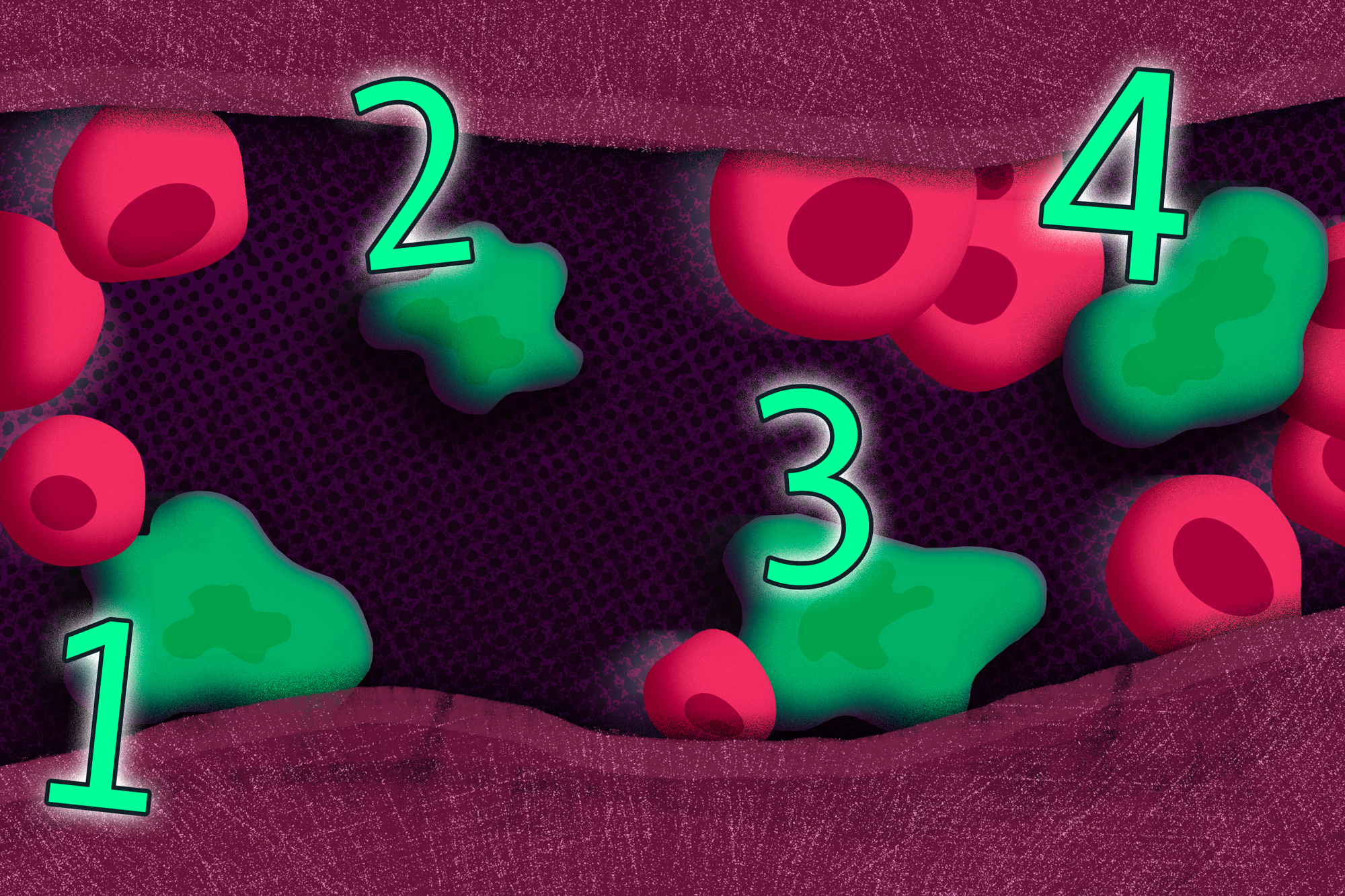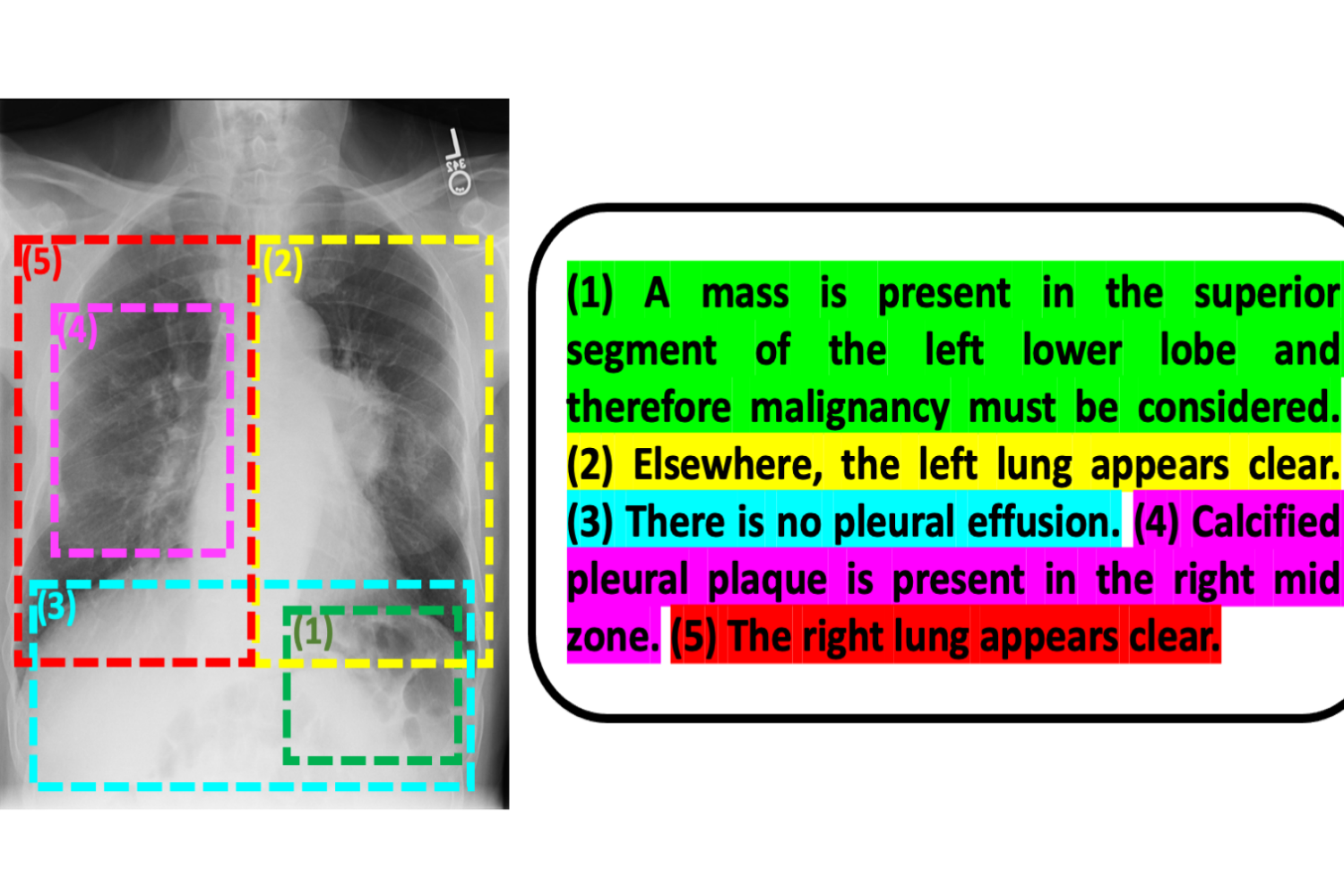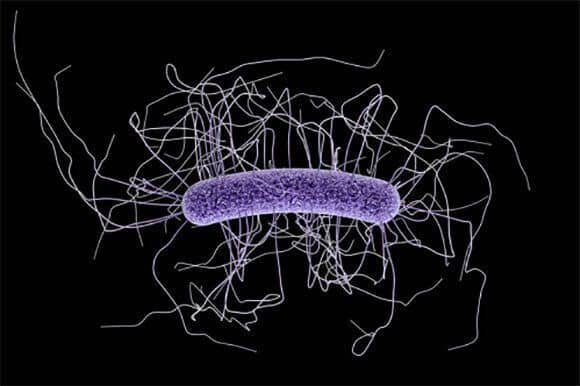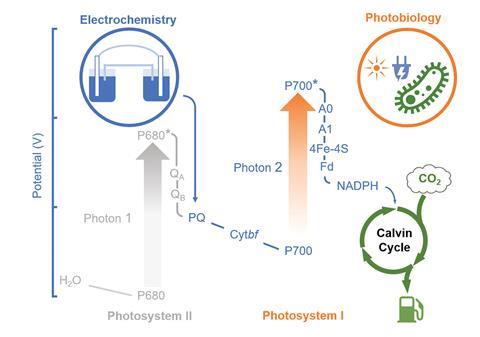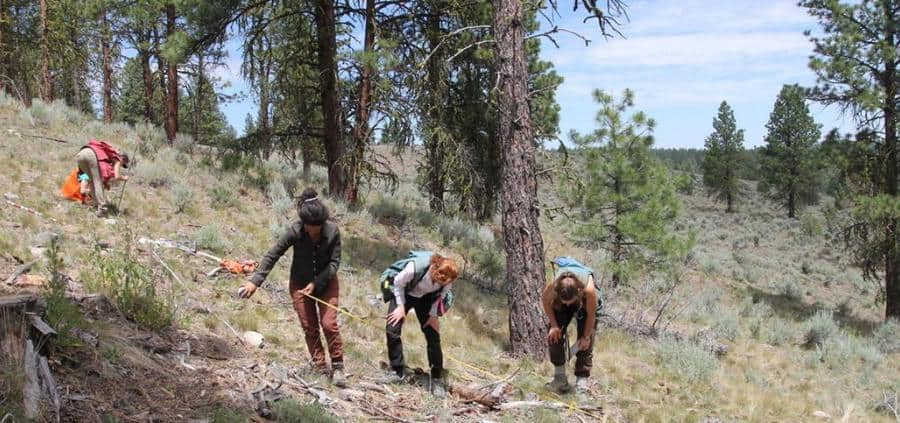Survival rates for cancer are improving, but it is still the leading cause of death by disease for those over one year of age in the European Union (EU). Could exercise hold one of the keys to combatting cancer? And if so, how much physical activity is needed to show real benefits in both children […]
Read More
